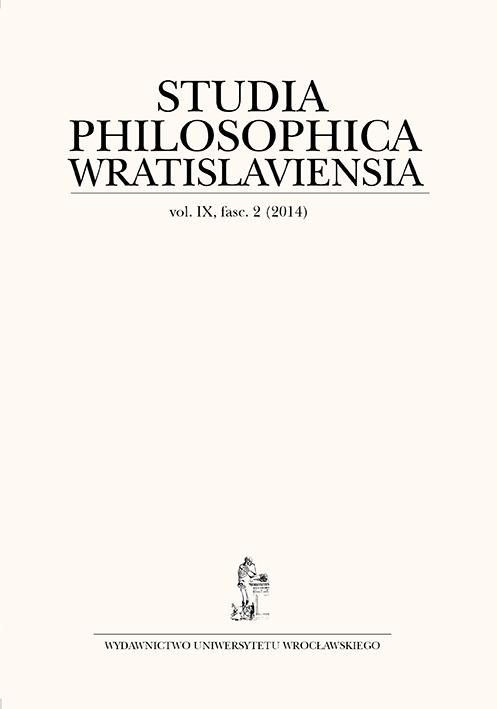

Artykuły

Philosophical origin of Heinrich Wölfflin’s formal aesthetics
The purpose of this discussion is not a systematic analysis of the principles of Heinrich Wölfflin’s formal aesthetics, but rather an attempt to determine its phil osophical meaning. The first part presents two interpretations of the concept of that Swiss art historian. Those interpretations trace the origin of Wölfflin’s project back to completely different philosophical sources. Gunter Scholtz’s interpretation suggests a very strong influence of Dilthey’s concept and Lambert Wiesing as-sociates the concept of the basic Wölfflin’s principles with the influence of Kant’s transcendental aesthetics, as well as aesthetics of Konrad Fiedler — a Neo-Kantian philosopher. The second part, based on the analysis of Wölfflin’s magnum opus entitled Principles of Art History, is an attempt to argue Wiesing’s interpretation in the aspect of direct influence of Kant’s concepts on Wölfflin’s thought. It was also suggested that both theoretical sources Dilthey’s thought and Neo-Kantian reinterpretation of Kant made by K. Fiedler and F.A. Lange must be taken into consideration at the same time.